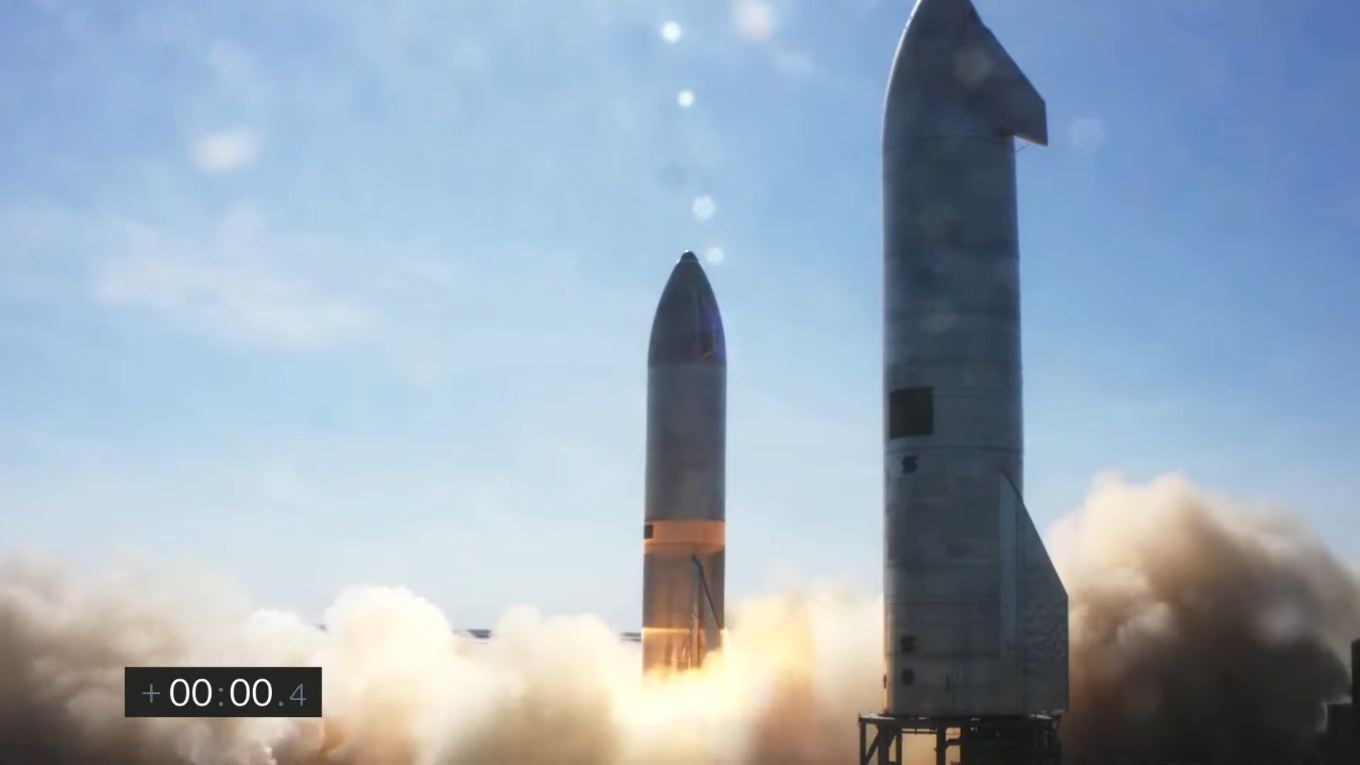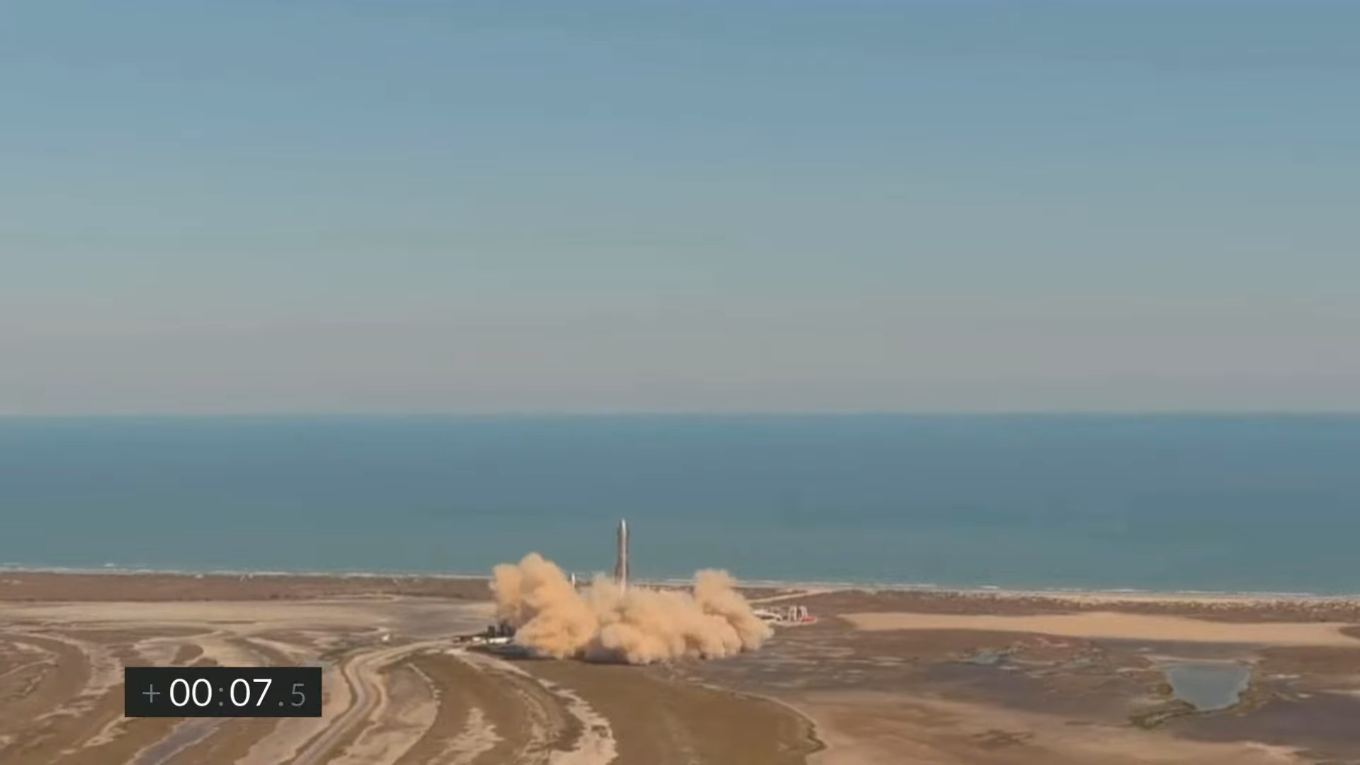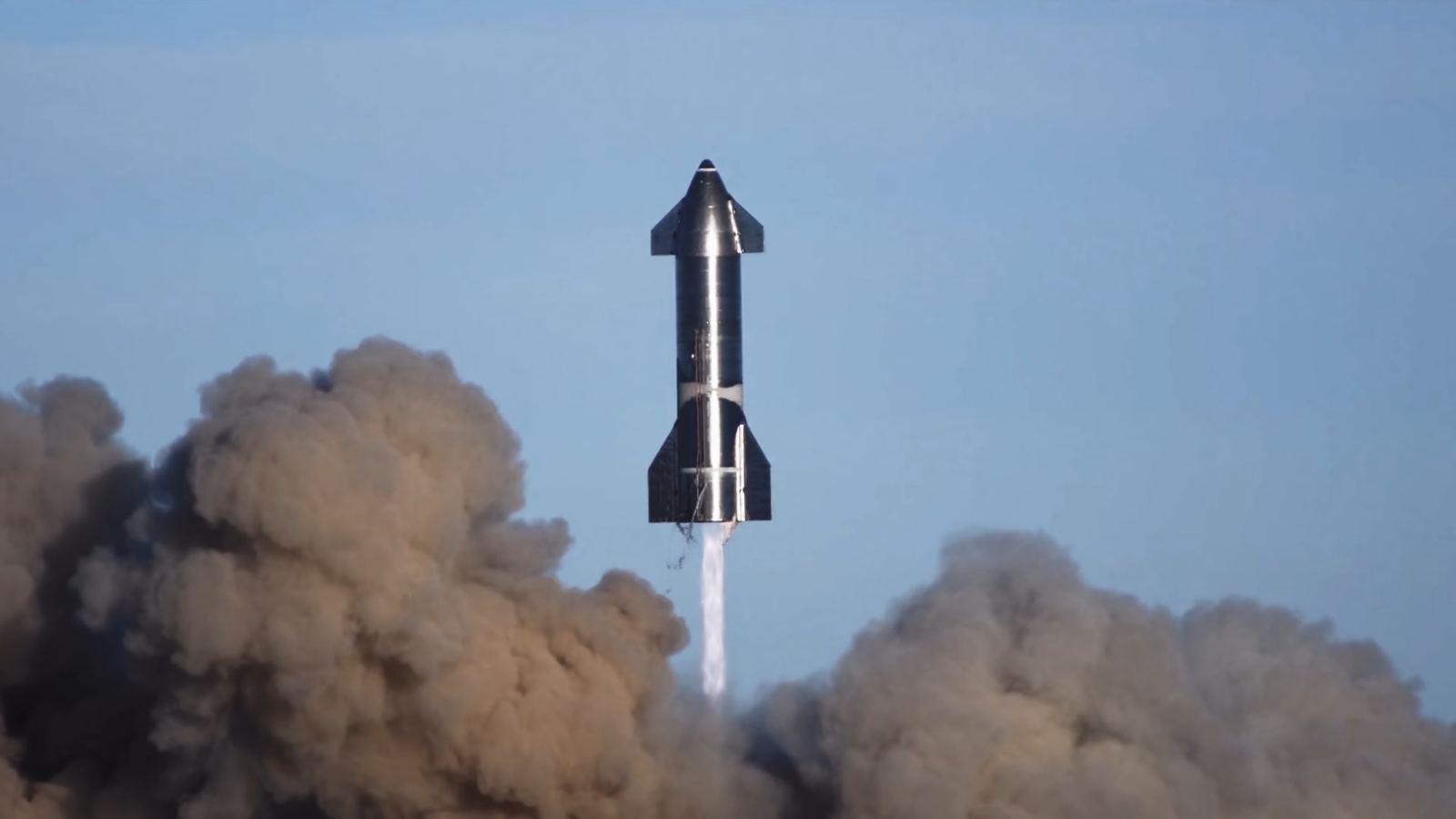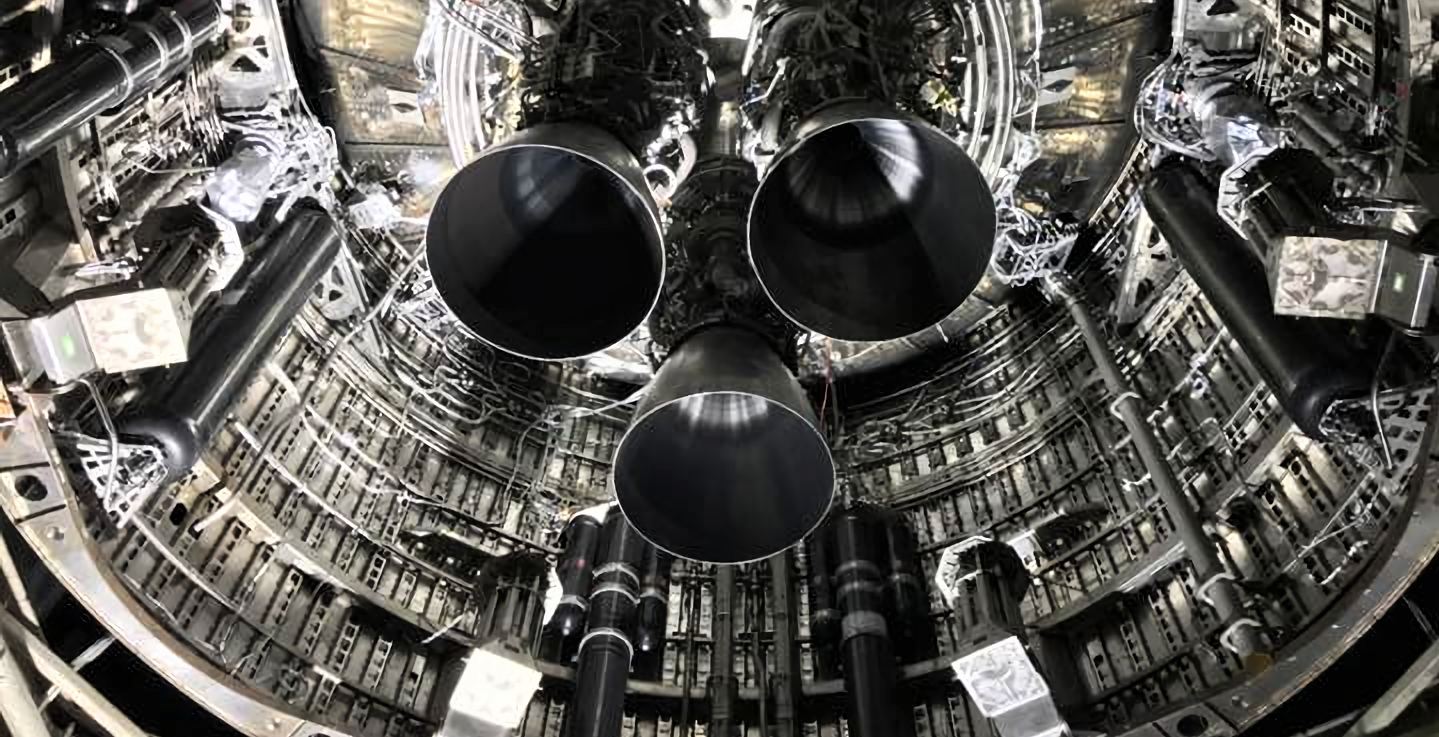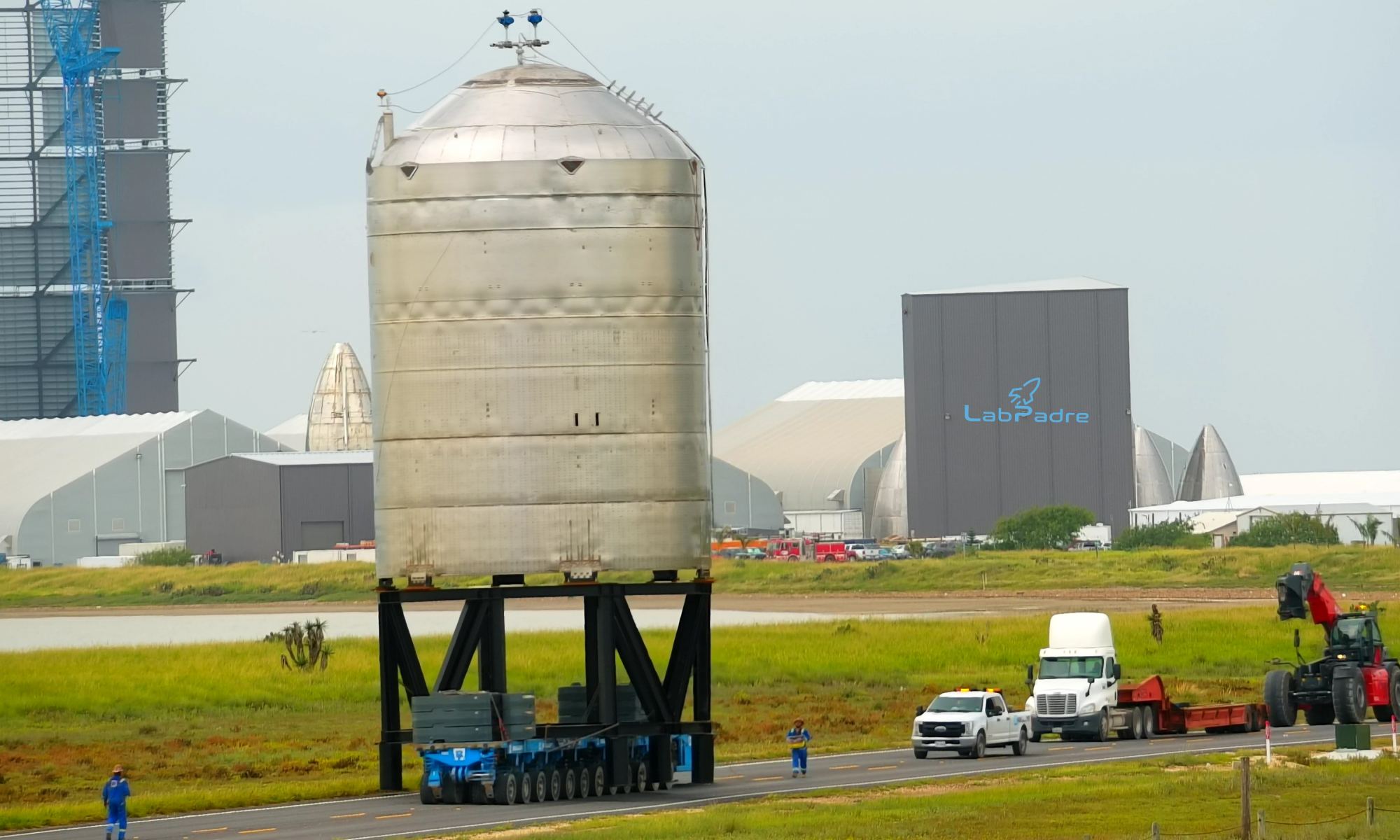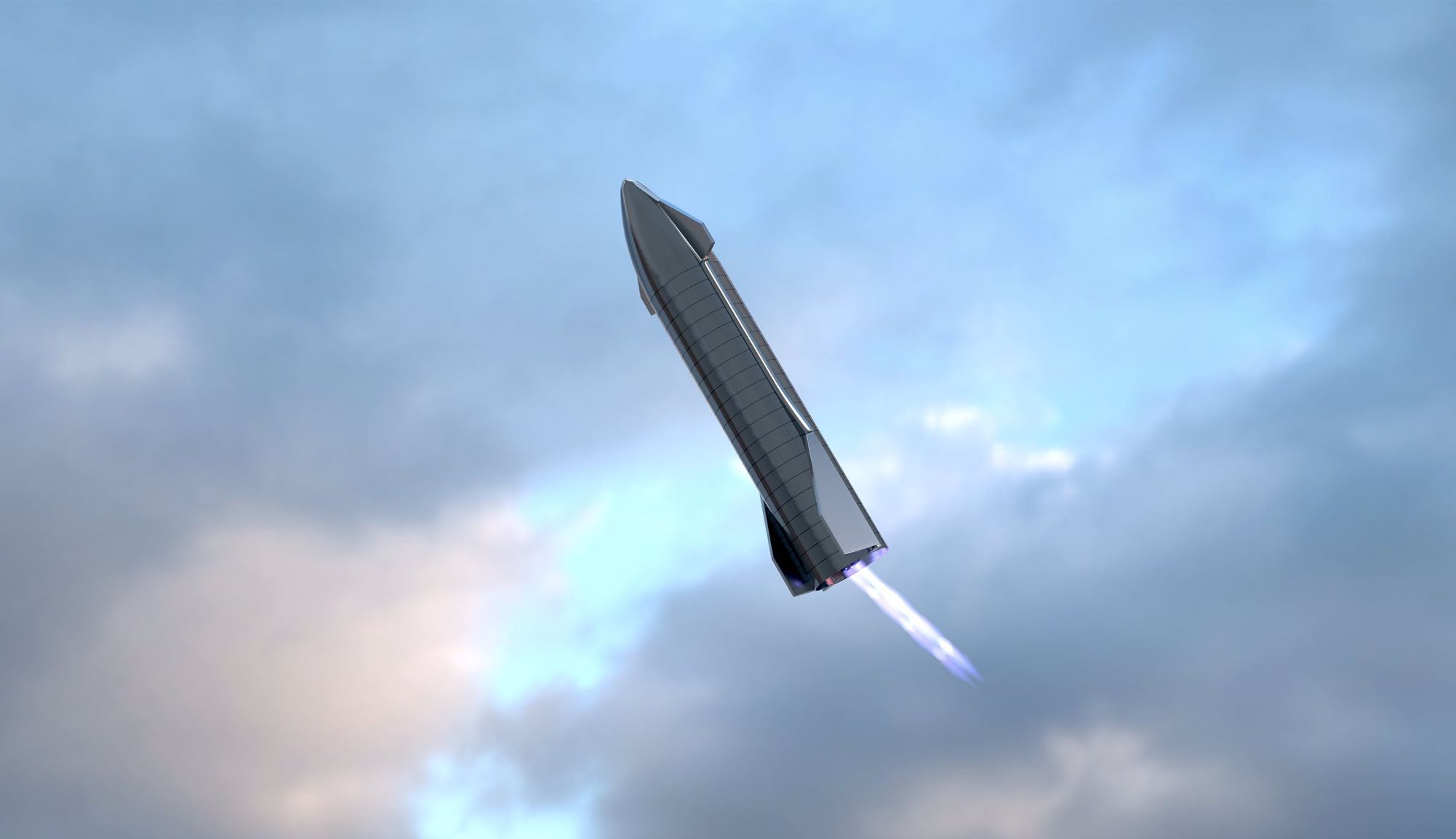Update: Yesterday (March 9th), Elon Musk shared the reason for the explosion via Twitter. According to Musk, the problem originated with the one Raptor engine used to slow the SN10 down before landing.
“SN10 engine was low on thrust due (probably) to partial helium ingestion from fuel header tank,” he tweeted. “Impact of 10m/s crushed legs & part of skirt. Multiple fixes in work for SN11.“
On March 3rd, 2021, SpaceX conducted a third high-altitude flight test with one of their Starship prototypes (SN10). This time around, the prototype managed to achieve an apogee of 10 km (6.2 mi), a controlled descent relying on nothing but its aerodynamic surfaces (the “belly-flop”), and even managed to land successfully. However, a few minutes after it stuck the landing, the SN10 exploded on the landing pad.
Whereas the SN8 and SN9 explosions were attributed to problems that took place during engine reignition, the cause of the SN10 explosion was not as clear. Thankfully, astrophysicist and Youtube personality Scott Manley (Twitter handle @DJSnM) has offered his take on what might have caused it. Using SpaceX’s footage of the SN10 flight test, he suggests that a slightly-harder-than-intended landing and a fuel tank rupture were responsible.
Continue reading “Fantastic Analysis of SN-10 Landing and Explosion by Scott Manley”
